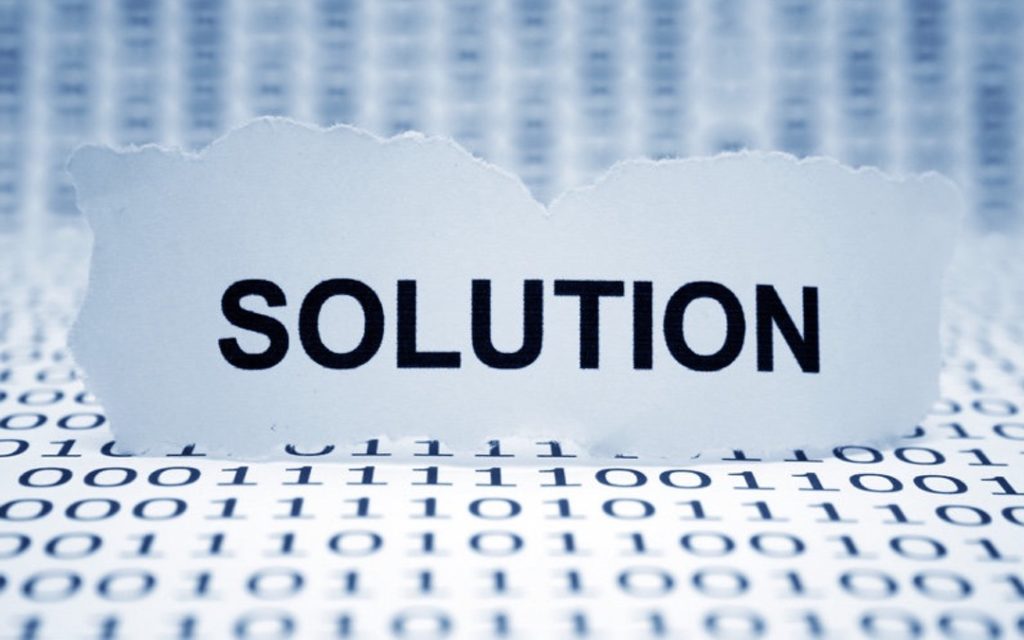NEW IDEAS

Challenge Based Learning and Development (CBLD) is an emerging software development and learning framework that leverages the innovative Challenge Based Learning (CBL) model to experience and learn all facets of the process while creating meaningful and valuable products. Development teams and individuals, using the CBLD framework build on shared Big Ideas (passions, Issues, problems) to help identify actionable challenges and a custom learning and design path to identify solutions.
Challenge Based Learning and Development
By Mark Nichols
Challenge Based Learning and Development (CBLD) is an emerging software development and learning framework that leverages the innovative Challenge Based Learning (CBL) model to experience and learn all facets of the process while creating meaningful and valuable products. Development teams and individuals, using the CBLD framework build on shared Big Ideas (passions, Issues, problems) to help identify actionable challenges and a custom learning and design path to identify solutions. The integration of all stakeholders (external and internal) throughout the process mitigates compartmentalization and conflict.
The framework slows the initial process to allow for multiple perspectives, full participation, creativity, and deep learning. Using Guiding Questions the stakeholders develop learning pathways and plans that integrate coding, design, process and business objectives resulting in cross area empathy and a deeper understanding of the domain. Through this method biases and pre-conceived solutions are identified and managed. By creating this time and space early in the process, the result is more innovation, thoughtful solutions, and ultimately less wasted time and resources.
Once solution concepts emerge from the Investigation the CBLD framework allows for ongoing learning and integration with other models including Design Thinking, Lean Startup, and Agile. CBLD provides an open framework that can be customized and contextualized to the specific development needs of each organization. Through learning and using CBLD, the stakeholders contextualize the model to their needs and context rather than being forced to adapt to a specific framework.
The cyclical nature of the CBLD framework allows for ongoing reflection, evaluation, and adjusting resulting in an integrated continuous improvement process. The more you use CBLD, the better it gets.
